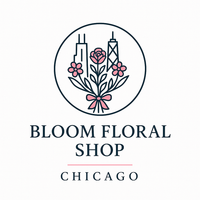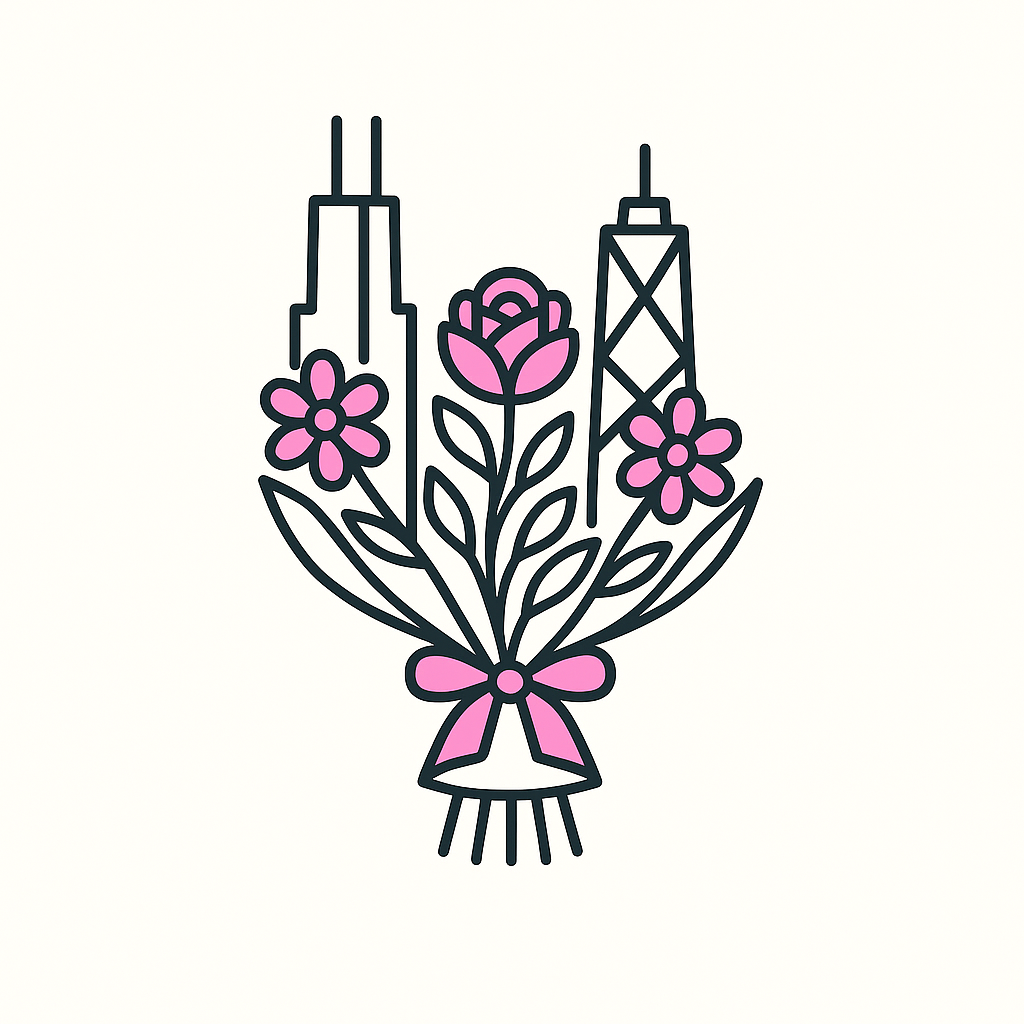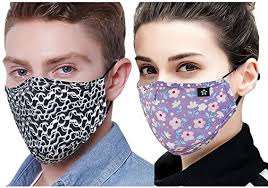Learning how to make a face mask probably wasn't a skill you expected to acquire in life, but rest assured that this guide has all you need to make the process easier. With face masks now mandatory in more and more places, everyone wants one (or two, or three...). That means it can be tricky to get hold of a face mask, and it's even harder to find one that you actually don't mind wearing. The good news is that making a face covering is super-achievable in just a few short steps, and we've got four easy-to-follow methods for you to choose from.
Below, we outline four different ways to make a homemade, non-medical face mask or face covering. We've based our guide on the methods outlined by the CDC (Centers for Disease Control and Prevention), plus our own tips and tricks on how to make the most comfortable, functional and easy to create face masks.
If you'd rather buy a face covering – even if you are making your own mask, you may still want to buy spares – then see our guide on where to buy a face mask, or use the quick links below to jump straight to retailers selling face masks right now.
Where to buy face masks: quick links
- Etsy.co.uk – handmade face masks from just £3.99
- ASOS – fashionable designs at low prices
- Easylife – Pack of 30 surgical face masks for £29.99
- Buff – stylish face coverings at low prices
- HYPE – get three face masks for £24.99 with 100% of profits for the NHS
- Ebay.co.uk – washable face masks at a bargain price
- Vistaprint - Kids and adults face masks for $18/$13
- Silkies – two protective face masks for $16.99
- Stringking – CDC-recommended cloth masks for just $6.99
- Etsy.com – patterned face masks for as a little at $4
- Los Angeles Apparel - 3 adjustable face masks for only $30
- Sock Fancy – funky face masks for only $12
4 ways to make a face mask
This guide is ordered in terms of difficulty level. The first two methods – how to make a bandana-style face mask and how to make a face mask using a T-shirt – are super-easy and require no sewing at all. We've then got two methods for sewing your own face mask, one without a sewing machine, and one with a sewing machine.
If you are sewing, you can either using spare fabric you have lying around at home, or buy something new. If you want your DIY face mask to stand out, bright or patterned fabric is best – John Lewis (UK) has loads of affordable designs in the UK, as does Etsy (US). A bright design also means you are less likely to get your face mask confused with anyone else's, and are perhaps less likely to lose it.
- Browse fabric at JOANN (US) – from just $3.99 p/y
- Browse fabric at John Lewis (UK) – from just £6.50 p/m
Before we get into our instructions of making a face mask, first consider whether or not you need one at all. The official advice on this differs across the globe, but the general consensus is that wearing a homemade face mask will not help protect you from contracting Covid-19. However, it can help protect others from you passing on any germs that you may be carrying, which may be particularly useful if you are asymptomatic and don't realise you are carrying the virus. Note that the face masks we're talking about here are not medical-grade face masks, and we wouldn't advise you to attempt making your own versions of PPE: leave that to the professionals.
The CDC recommends wearing a face mask in places where social distancing is not possible, and many countries around the world are also asking their citizens to wear face masks when out in public, or in enclosed spaces such as supermarkets. In England and Scotland, it is now compulsory to wear a face mask on public transport.
Check your country's own guidelines if you're unsure and remember that wearing a face mask or covering doesn't mean you should stop following social distancing measures, or stop washing your hands and practising good hygiene. It's also very important that you put your face mask on and off very carefully, following government guidelines.
With all of that in mind, here are four ways to make your own face mask.
01. How to make a bandana-style face mask

You will need:
- A bandana or scarf
- 2 x elastic or rubber bands, or hair ties
- A coffee filter, paper towel or kitchen roll (optional)
The easiest method for making your own face mask involves folding a bandana or a scarf. Note that you need to choose the right bandana or scarf. Hold it up to the light to see how much you can see through it. The less you can see, the better; if the material is too thin then your face mask won't be as effective. Tightly woven, 100 per cent cotton is best.
The CDC recommends folding your bandana in half, then folding it again twice – lengthways from both the top and the bottom. At this point, you can also add a square piece of coffee filter, paper towel or kitchen roll to your mask – which you can change.
Then, place your rubber bands or hair ties around your strip of material, and fold the material in towards the middle, tucking the ends into each other if possible.
Surgeon general, Dr Jerome Adam, demonstrates how to do this in the video below. As you can see, this is a very quick and easy method of making your own face mask.
02. How to make a T-shirt face mask

You will need:
- A T-shirt
- Scissors
- Coffee filter or paper towel (optional)
If you have a T-shirt that you don't mind cutting up, then you can easily and quickly make a face mask from it. Note that you don't want to be using really old T-shirts if they have holes in them or are worn through. Ideally, your T-shirt should be 100 per cent cotton and as opaque as possible.
To start, simply cut the bottom off your T-shirt. The height of the amount of material you need should be the length from the top of your nose to underneath your chin (around 7-8-inches of 17-20cm). It's best to get the measuring tape out if you're unsure, and cut bigger than you think you need so you can trim the excess later (if you cut too small, you'll run into problems).
You then need to cut into your T-shirt – around 6-7-inches (15-17cm) – to make the ties for your face mask, making a sort of elongated c-shape. Next, cut your ties so that you can retie them around your head. Adjust until you get a snug fit around your nose and chin. If you like, you can add a coffee filter or paper towel to your face mask, and secure it with a safety pin. See the video below for further instructions on making a face mask from a T-shirt.
03. How to make a cloth face mask without a sewing machine
You will need:
Cotton fabric (10-11-inches or 25-28cm in diameter)
2 x 6-inch (15cm) pieces of elastic or rubber bands, hair ties or strips of cloth
A plate, or something round to draw around
Needle and thread
Scissors
Pins
This method of making a face mask can be done with or without a sewing machine. It's a simple pattern, and our instructions are based on the video below, which is very easy to follow, and we recommend watching it before you start (though you'll probably want to mute the cheesy music!).
This face mask method gives you a slightly rounded mask, which may fit your face better than the rectangular pattern in the next method. It is also all made from one piece of material, which makes it nice and easy.
04. How to make a cloth face mask with a sewing machine
how to make a face mask
You will need:
- Cotton fabric (10 x 6-inches or roughly 25 x 15 cm)
- 2 x 6-inch (15cm) pieces of elastic or rubber bands, hair ties or strips of cloth
- Sewing machine (ideally)
- Needle and thread
- Scissors
- Pins
- Jewellery wire, or thin wire (optional)
To make a face mask with a sewing machine (although note that is is possible to create this face mask design by sewing by hand), first, cut your material to around 10 x 6-inches or roughly 25 x 15 cm. If you want to make it really clear which part of your mask is the front and which is the back, use two different materials, this will help you avoid putting on the mask back to front (which is not recommended for hygiene purposes). Next, place your two pieces of fabric on top of each other. You want the pattern that you'd like to be on the 'front' of your mask face down. The piece of material facing up towards you will be the inside of your mask.
Next, fold over the long sides of the material around 1/4-inch or 0.5-1cm. Pin in place (don't worry too much if you don't have any pins, you can always use a needle or just keep checking that your fabric is held together) and hem. Hem just means folding the edges of your material over and stitching them so that your fabric will not fray and will stay together. It's best to do this using a sewing machine but you could do it by hand, just make sure that your stitches are nice and close together.
Once you have hemmed along the length of your face mask, fold over the sides of your face mask around 1/2 an inch (1.5cm), pin and hem the sides too.
Once you have created your hem, you can thread your elastic or hair ties through the hem you have created. You'll need a needle to do this, or a pin, or safety pin or basically anything that you can use to poke the elastic through your hem – a thin pencil might do the job. You could also add some thin wire into the top hem of your face mask to help you shape it around your nose, jewellery wire works well for this.
With your ties threaded through the sides of your mask, tie your elastic or hair ties in secure knots, and move the knots until they can be tucked inside the hem. You can then adjust your face mask to fit your face, and add some stitches on either end of your face mask to keep your elastic in place.
If you are a seasoned sewer, you can sew the whole thing in one go, turning it as you go, or you can create face mask with a pocket for a filter (see video below). You could even add your elastic in before you hem. The reason beginner sewers shouldn't do this is that it's very easy to catch the elastic in your hem and accidentally sew it down, and that will make it much harder to adjust later.



